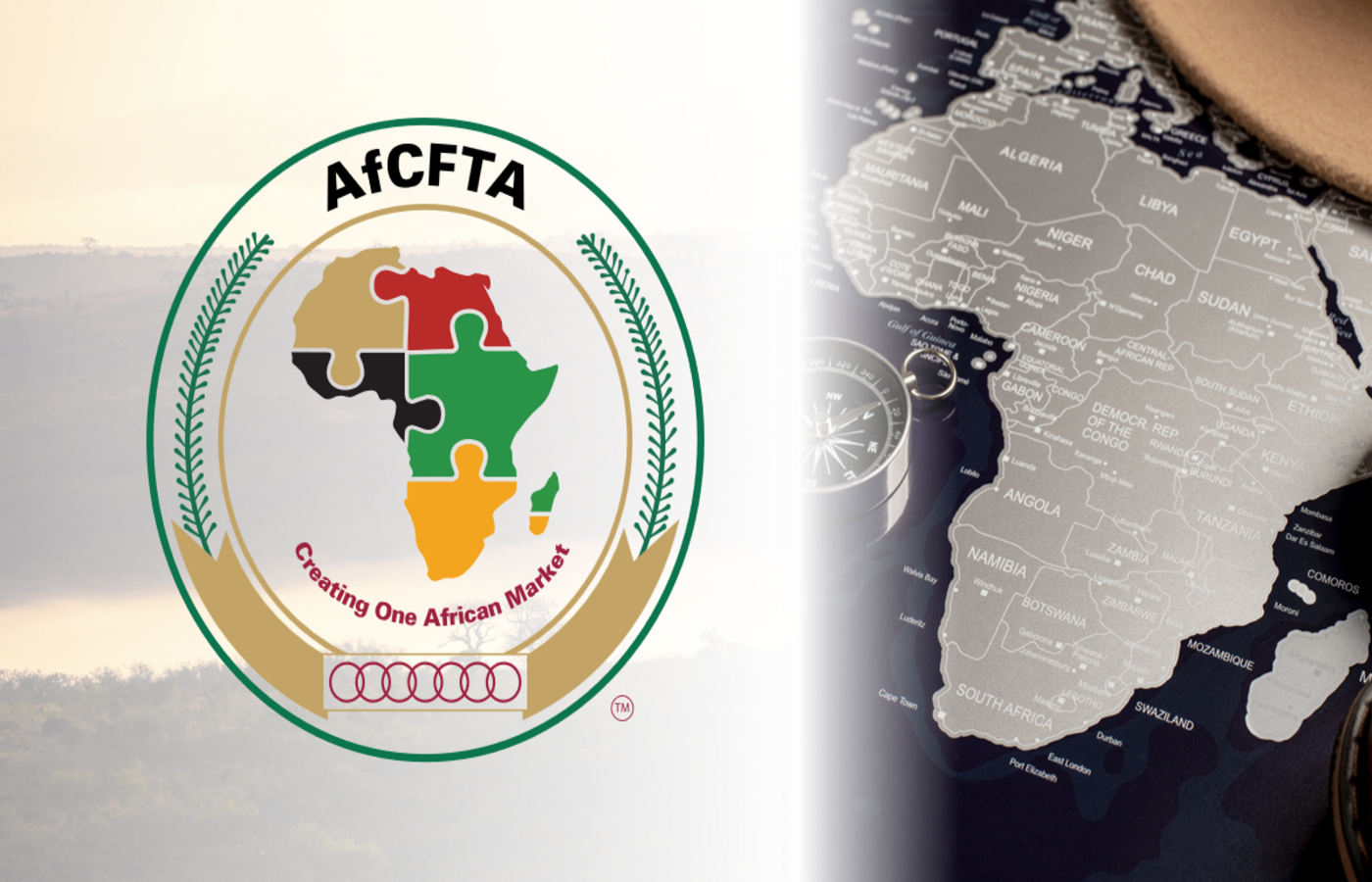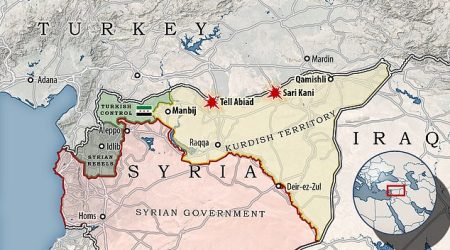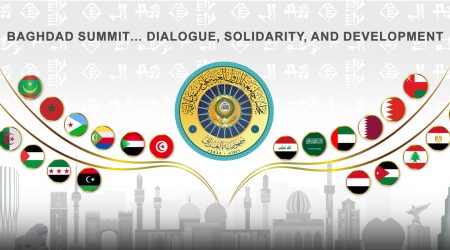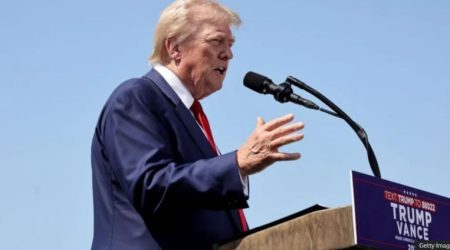
5
May
AfCFTA’s Litmus Test :From Fragility to Factory Floors
Can SEZs Unlock AfCFTA’s Untapped Potential?
The African Continental Free Trade Area (AfCFTA) is more than a trade agreement ,it is a radical reconfiguration of Africa’s economic future, a bold Venture to turn a fragmented continent into the world’s largest single market. For the Horn of Africa, a region perennially caught between geopolitical strife and untapped potential, this moment presents an existential question , industrialize or stagnate?
At the heart of this transformation lies the strategic deployment of Special Economic Zones (SEZs) enclaves of deregulation, infrastructure, and investment incentives designed to fast track industrialization. But beyond the buzzwords and policy jargon, can these zones truly catalyze the Horn’s economic renaissance? Or will they become another footnote in Africa’s long history of unrealized ambitions?
Few regions embody the dichotomy of promise and peril as starkly as the Horn of Africa. Its geography is both a blessing and a curse a maritime linking the Red Sea, the Gulf of Aden, and the Indian Ocean, yet perennially undermined by weak governance, infrastructural decay, and economic isolation. Ports in Djibouti, Berbera, and Mogadishu should, by all accounts, be thriving commercial hubs, yet they remain mere transit points rather than engines of industrialization.
The demographic reality adds urgency to this idea . With over 70% of its population under 30, the Horn faces a demographic ultimatum, create industrial scale employment or risk a destabilizing youth bulge. The stakes could not be higher.
The concept of SEZs is not new to Africa. From Nigeria’s faltering free trade zones to Ethiopia’s successful industrial parks, the continent’s track record with these economic experiments has been uneven at best. Yet, the AfCFTA changes the equation. By dismantling intra African tariffs, it makes regional value chains viable for the first time, transforming SEZs from isolated export platforms into interconnected nodes of continental trade.
Djibouti’s International Free Trade Zone (DIFTZ), the largest in Africa, offers a glimpse into both the promise and pitfalls of this model., it has attracted Chinese manufacturing firms and port logistics, positioning the country as a trans-shipment hub. On the other, it struggles with limited local value addition, raising concerns about whether such zones will foster self-sustaining industrialization or merely entrench dependency on foreign capital.
The true potential of SEZs in the Horn lies not in their ability to attract foreign investors alone, but in their capacity to plug into the AfCFTA’s emerging trade architecture. Imagine Ethiopia’s textile factories supplying duty-free garments to West African markets, or Somali livestock feeding Egyptian and Sudanese demand without prohibitive tariffs. Picture Djibouti’s ports evolving from mere transit stops into gateways for South African automakers accessing Middle Eastern markets.
This vision, however, hinges on a critical factor,infrastructure. SEZs cannot thrive as industrial islands. They require seamless rail links, reliable energy grids, and digital trade corridors to function as part of a broader African supply chain. Without these, they risk becoming glorified warehouses symbols of potential rather than vessels of transformation.
History offers cautionary tales. In the rush to attract investment, many African governments have engaged in a regulatory race to the bottom slashing labour protections, ignoring environmental safeguards, and offering unsustainable tax incentives. SEZs that prioritize foreign profit over local prosperity, leaving behind exploited workforces and ecological degradation.
The Horn cannot afford such short sightedness. For SEZs to be truly transformative, they must elevate labor standards, enforce environmental regulations, and ensure that fiscal incentives do not become permanent crutches. Moreover, they must resist becoming geopolitical play in the Horn’s complex tug of war between global powers whether China’s debt laden port investments, the UAE’s militarized commercial expansions, or Western counterterrorism interests.
The path forward demands more than just erecting fences around industrial parks. It requires a holistic strategy that prioritizes local value addition, leverages AfCFTA’s market access, invests in human capital, and enforces sustainable growth.
First, SEZs must mandate minimum local sourcing requirements, ensuring that foreign firms contribute to domestic industrial ecosystems rather than extracting resources. Second, they should be designed with African consumers in mind, not just as export platforms for foreign markets. Third, vocational training hubs within these zones must equip the Horn’s youth with skills for high value manufacturing, not just low wage assembly work. Finally, green energy mandates and anti-corruption safeguards must be non negotiable to prevent these zones from becoming enclaves of elite capture.
SEZs, if executed with precision, could be the catalyst that propels the region from the periphery of global trade into the heart of Africa’s industrial revolution. But if mismanaged, they risk becoming yet another chapter in the story of missed opportunities. Hence the difference between success and failure lies in strategic execution.
By Samiya Mohammed,Researcher,Horn Review










